Understanding how to accurately perform **checking score darts rules player** is crucial for competitive play and ensuring fair matches; ultimately, it determines the winner. This article will cover everything you need to know about scorekeeping in darts, from basic addition to handling complex checkouts, and common errors to avoid.
⚠️ Still Using Pen & Paper (or a Chalkboard)?! ⚠️
Step into the future! The Dart Counter App handles all the scoring, suggests checkouts, and tracks your stats automatically. It's easier than you think!
Try the Smart Dart Counter App FREE!Ready for an upgrade? Click above!
The Basics of Darts Scoring: Foundation for Checking Score Darts Rules Player
At its core, darts scoring involves simple subtraction. Each player starts with a predetermined score, typically 501 or 301. The goal is to be the first to reduce your score to exactly zero. Each dart thrown scores points based on where it lands on the dartboard.
- Single Numbers: A dart in the larger sections of the board scores the number of the section.
- Doubles: The outer ring of the board doubles the value of the number in that section.
- Trebles: The inner ring of the board triples the value of the number in that section.
- Bullseye: The outer bullseye scores 25 points, while the inner bullseye (double bullseye) scores 50 points.
It’s essential to become familiar with the layout of the dartboard to quickly calculate scores. Practice identifying the values of different sections and common targets.
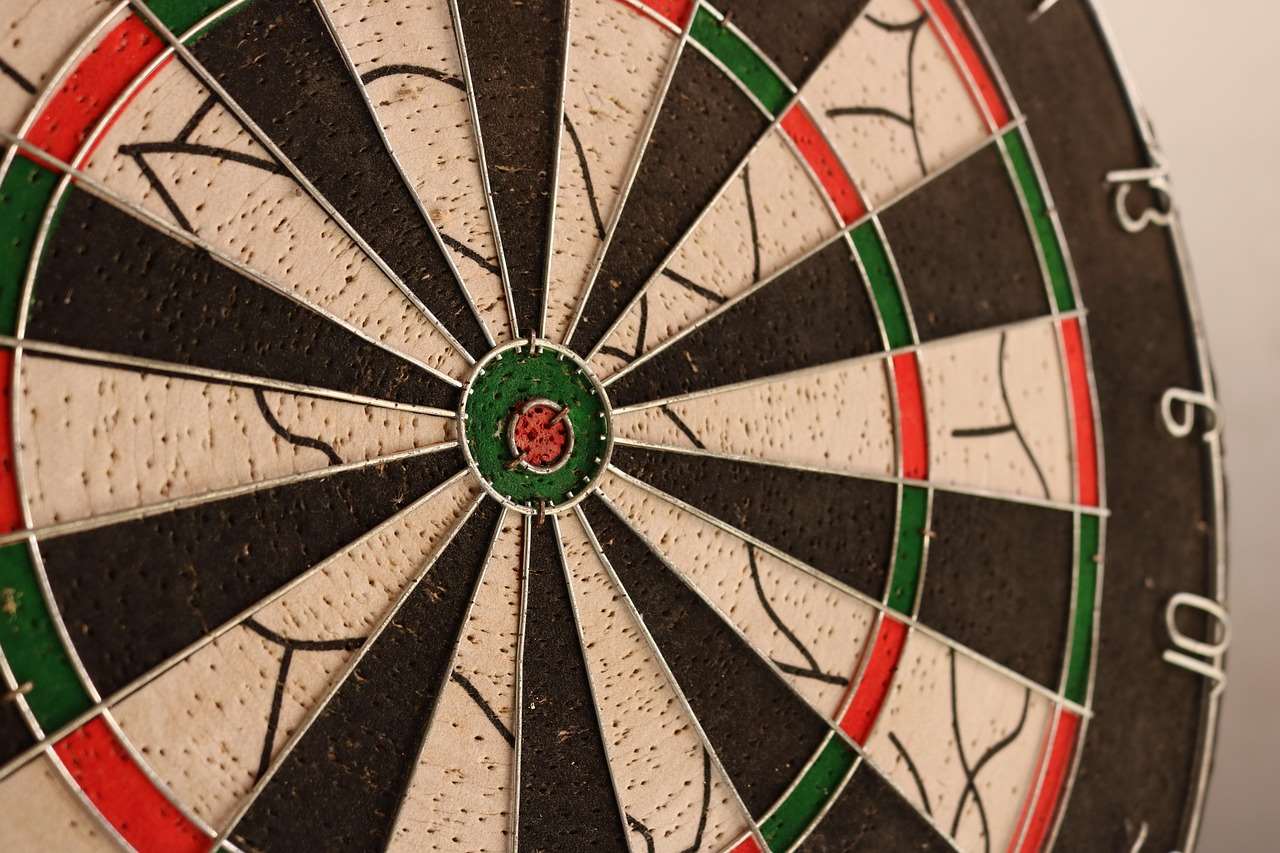
Calculating Scores and Subtracting: Keeping Track of the Game
Once you understand the value of each section, you need to accurately calculate your score after each throw. Let’s say you hit a single 20, a treble 20, and a single 5. Your score for that turn would be 20 + 60 (3 x 20) + 5 = 85.
Then, you subtract that score from your remaining total. If you started with 501, your new score would be 501 – 85 = 416. This seems straightforward but errors can easily happen, especially under pressure.
Tips for Accurate Scorekeeping:
- Announce your score clearly: State your score before retrieving your darts to allow your opponent or scorekeeper to verify.
- Use a scoreboard or app: Manual scoreboards or scoring apps can help prevent calculation errors.
- Double-check your math: Take a moment to review your calculations, especially for critical throws.
Checking Out: The Final Stage of the Game
The most crucial part of darts scoring is **checking out**, also known as finishing the game. To win a standard game, you must reach exactly zero with a dart that lands on a double or the bullseye.
The Double Out Rule: This rule means your last dart must land on a double (the outer ring) or the bullseye, and reduce your score to exactly zero. This adds a layer of strategy to the game because you need to set yourself up for a finishing double.
For instance, if you have 40 remaining, you need to hit double 20 to win. If you have 32 remaining, you need to hit double 16. Understanding common checkout combinations is key to becoming a skilled darts player. You can find some Alternative darts rules for home play that may vary on the way you can close out the game
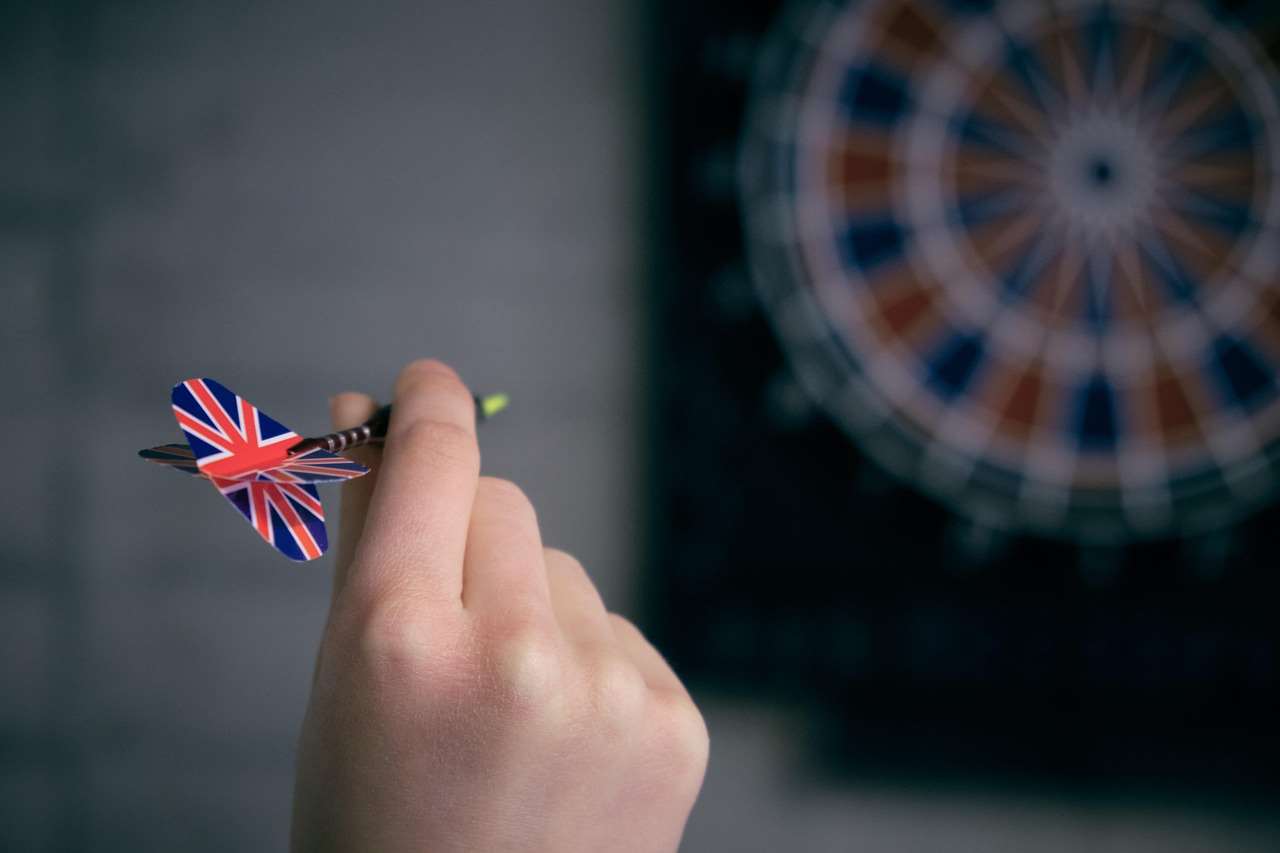
Common Checkout Combinations
Here are some of the most common checkout combinations that every darts player should know:
- 40: Double 20
- 32: Double 16
- 16: Double 8
- 8: Double 4
- 4: Double 2
- 2: Double 1
- Bullseye (50): Double 25
- 60: Treble 20
- 41: Single 1, Double 20
Mastering these combinations allows you to plan your throws more effectively and increase your chances of winning. As you progress, you’ll learn more complex checkout routes involving multiple darts.
Busting: What Happens When You Go Below Zero or Don’t Finish on a Double?
In darts, it’s possible to “bust,” which means your turn ends, and your score reverts to what it was at the start of that turn. This happens if:
- You go below zero: For example, if you have 10 remaining and score 11 or more.
- You reach zero but don’t finish on a double: If you have 2 remaining and hit a single 2, you don’t win; your turn ends, and your score reverts to the previous value.
Understanding the busting rule is critical to avoid costly mistakes. It often dictates your strategy, especially when you’re close to finishing. You may also want to look at Adapting darts rules for beginners as an idea for making things easier while learning.
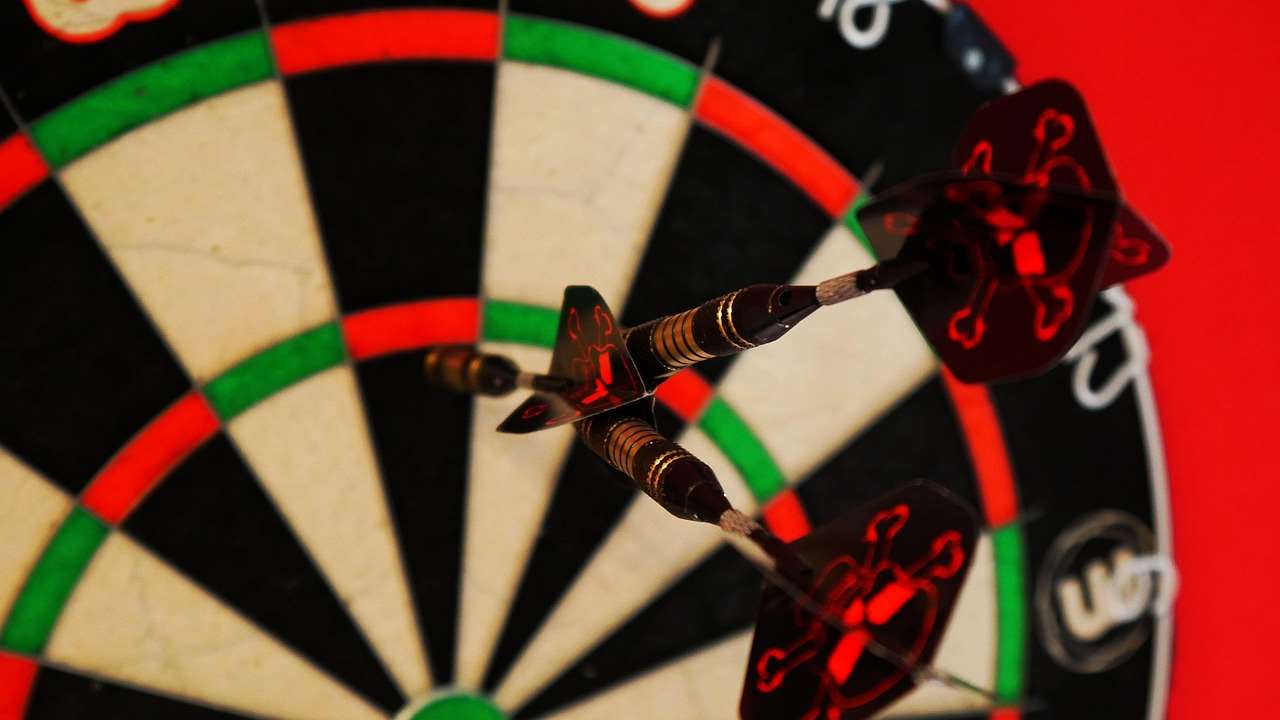
Checking Score Darts Rules Player: Avoiding Common Mistakes
Even experienced players make mistakes when **checking score darts rules player**. Here are some common errors to watch out for:
- Miscalculating scores: Double-check your addition and subtraction, especially under pressure.
- Forgetting the double out rule: Always remember that you must finish on a double or the bullseye.
- Busting: Be careful not to exceed your remaining score or fail to hit a double to finish.
- Misreading the dartboard: It’s easy to mistake one number for another, especially if the lighting is poor.
Paying attention to these details can significantly improve your accuracy and reduce the risk of errors.
The Role of the Scorekeeper: Ensuring Accuracy and Fairness
In competitive darts, a scorekeeper is responsible for accurately recording each player’s score, announcing remaining totals, and verifying checkouts. A reliable scorekeeper is essential for ensuring a fair game.
Responsibilities of the Scorekeeper:
- Tracking scores: Accurately recording each player’s score after each throw.
- Announcing remaining totals: Clearly stating each player’s remaining score after each turn.
- Verifying checkouts: Ensuring that the winning dart lands on a double or bullseye and reduces the score to exactly zero.
- Resolving disputes: Acting as a neutral party to resolve any scoring disagreements.
If you’re playing casually, you can take turns scorekeeping. If you are new to darts, then Basic Darts Fundamentals for Beginners will help in all aspects of getting started.
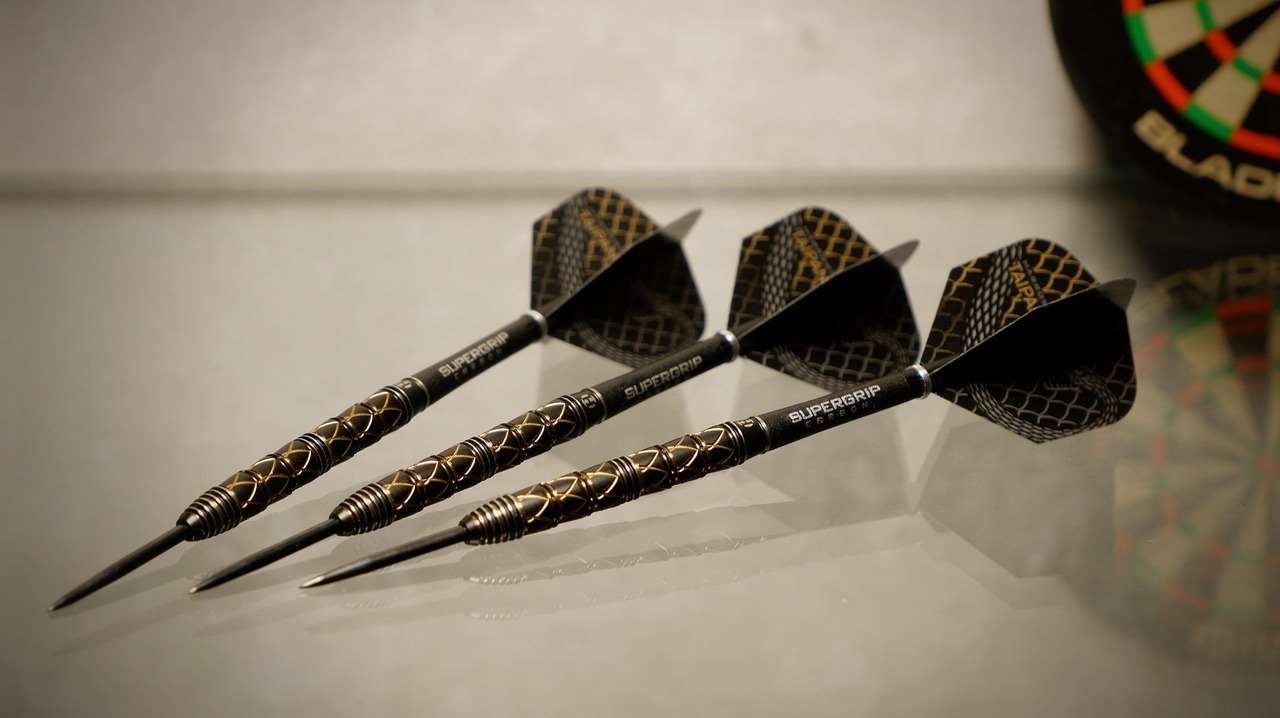
Advanced Checkout Strategies and Techniques
As you become more proficient, you can explore advanced checkout strategies to improve your finishing rate. This involves planning multiple-dart combinations to set yourself up for the final double.
Common Advanced Checkouts:
- 167: T20, T19, D25
- 170: T20, T20, D25 (also known as the “Big Fish”)
- 164: T20, T18, D25
- 161: T20, T17, D25
These combinations require precision and practice, but they can significantly improve your chances of winning.
Thinking Ahead: Advanced players think several throws ahead, considering possible outcomes and adjusting their strategy accordingly. For example, if you are throwing for 167, and only score a single 20 on the first dart, you have to think of a different strategy to close out the game.
Mental Game and Pressure: Staying Focused While Checking Score
Dart is also a mental game, especially when **checking score**. Pressure can affect your calculations and throws, leading to mistakes. Here are some tips for staying focused:
- Stay calm: Take deep breaths and try to relax.
- Focus on the target: Don’t let distractions affect your aim.
- Visualize success: Imagine yourself hitting the winning dart.
- Maintain a positive attitude: Believe in your ability to finish the game.
Developing mental toughness can make a big difference in your performance.
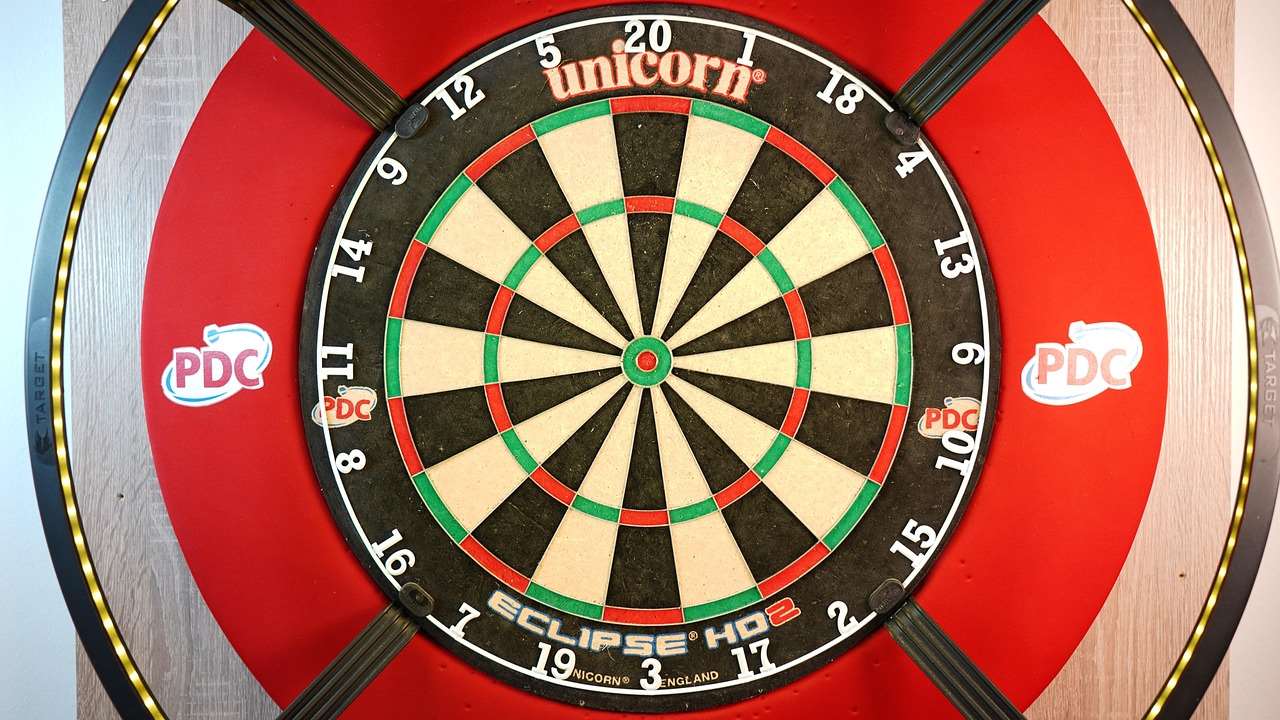
Utilizing Technology for Scorekeeping and Practice
Several apps and software programs can help with scorekeeping and practice. These tools offer features like automatic scoring, checkout suggestions, and performance tracking.
Benefits of Using Technology:
- Accurate scoring: Reduces the risk of calculation errors.
- Checkout suggestions: Provides optimal checkout routes based on your remaining score.
- Performance tracking: Monitors your progress and identifies areas for improvement.
- Practice modes: Simulates game situations and allows you to practice specific checkout combinations.
These resources can be valuable for players of all skill levels. You can also have a look at Fun dart game variations with modified rules to make things interesting while you practice.
Conclusion: Mastering the Art of Checking Score Darts Rules Player
Mastering the art of **checking score darts rules player** is essential for success in darts. Understanding the basics of scoring, accurately calculating scores, knowing checkout combinations, and avoiding common mistakes are all critical skills. By focusing on these aspects of the game, you can improve your performance and increase your enjoyment of darts.
Remember to practice regularly, stay calm under pressure, and utilize available resources to enhance your skills. Put these tips into practice and you’ll be checking out like a pro in no time!
Hi, I’m Dieter, and I created Dartcounter (Dartcounterapp.com). My motivation wasn’t being a darts expert – quite the opposite! When I first started playing, I loved the game but found keeping accurate scores and tracking stats difficult and distracting.
I figured I couldn’t be the only one struggling with this. So, I decided to build a solution: an easy-to-use application that everyone, no matter their experience level, could use to manage scoring effortlessly.
My goal for Dartcounter was simple: let the app handle the numbers – the scoring, the averages, the stats, even checkout suggestions – so players could focus purely on their throw and enjoying the game. It began as a way to solve my own beginner’s problem, and I’m thrilled it has grown into a helpful tool for the wider darts community.